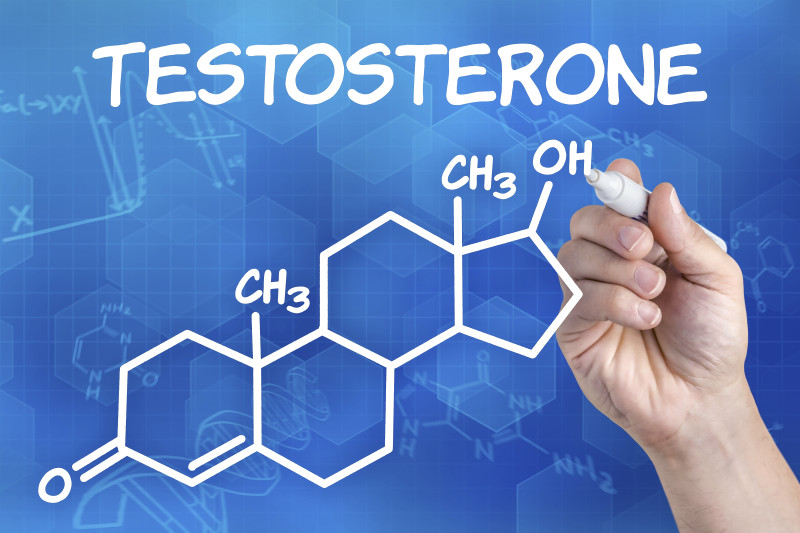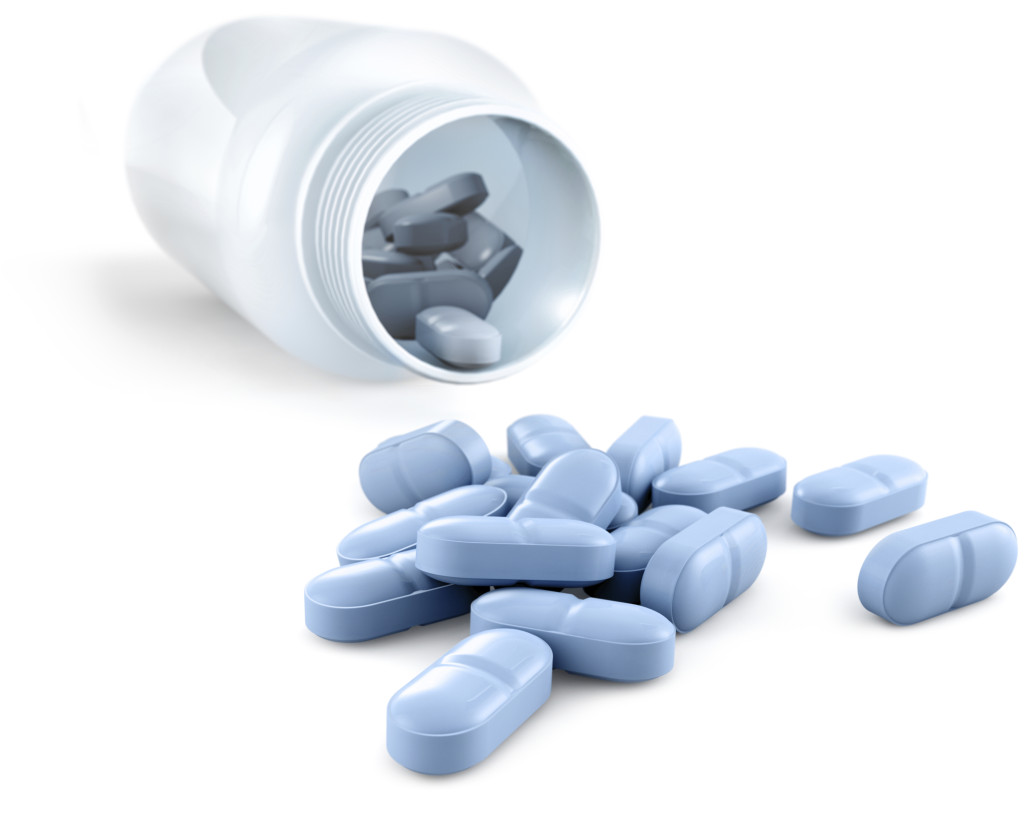So you are a man in your early fifties, and around four years ago you were prescribed testosterone to treat what you were told was “Low-T” (or low testosterone–I’ve already written on this subject). Sadly, two years ago you suffered a pretty awful heart attack, and your doctor took you off the testosterone replacement therapy and stated that he believed the testosterone was a significant cause of your heart attack. Four months later you found a good attorney who agreed to review your case, and six months after that your attorney filed suit in federal court in Raleigh, North Carolina. So far so good (well, except for the heart attack). Then two months later you discovered that your case had been “transferred” to federal court in the North District of Illinois in Chicago.
So What Just Happened?
Your case was transferred from your home federal district court to the multidistrict litigation (“MDL”) court that has been designated to consolidate cases like yours in one central court with one primary federal judge as a way to process more efficiently the hundreds of claims against the testosterone manufacturers.
For testosterone lawsuits such as yours, that MDL is “MDL 2545 (In re Testosterone Replacement Therapy Products Liability Litigation).” Judge Matthew F. Kennelly is the presiding federal judge of MDL 2545.
 North Carolina Product Liability Lawyer Blog
North Carolina Product Liability Lawyer Blog










